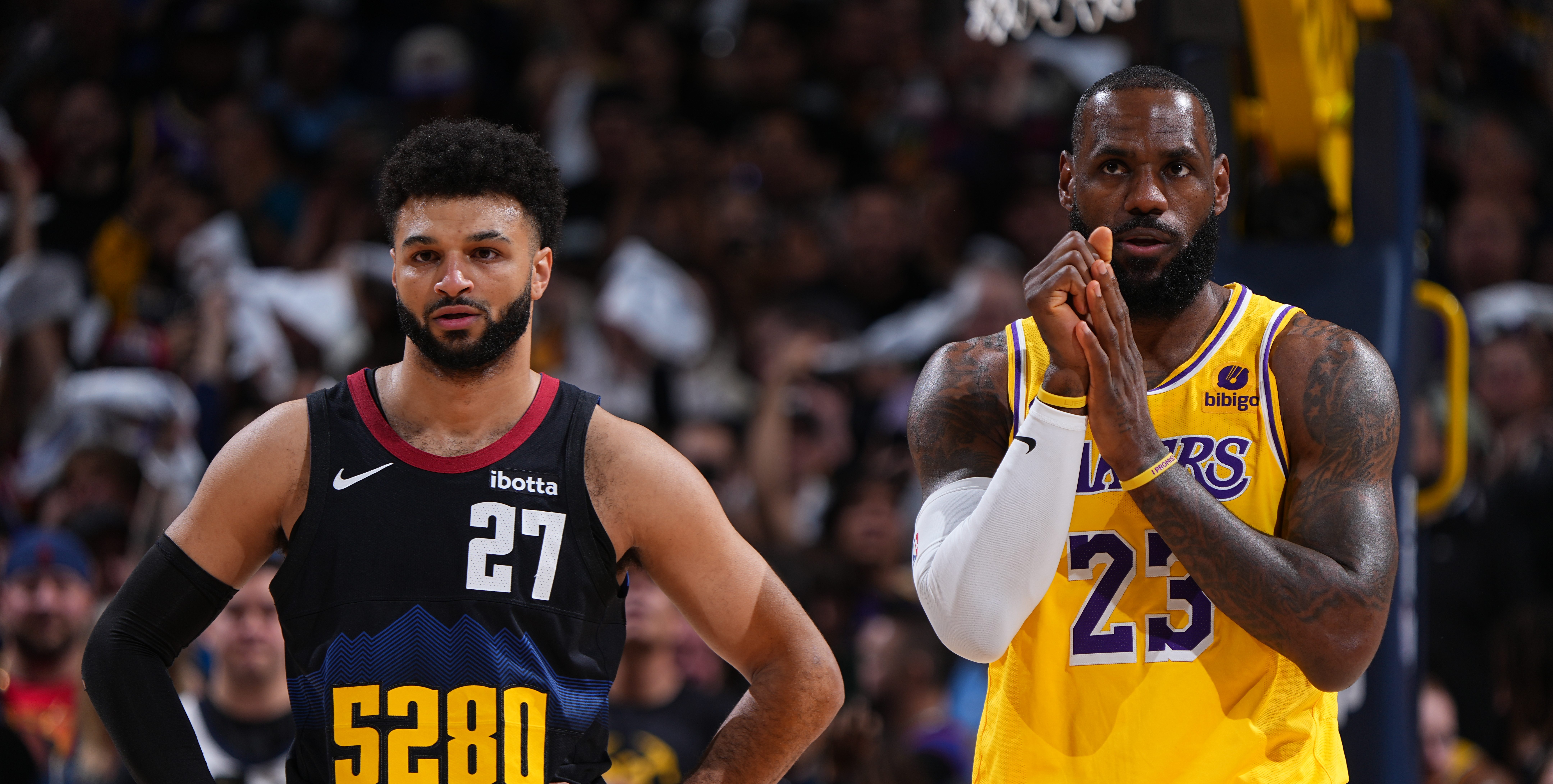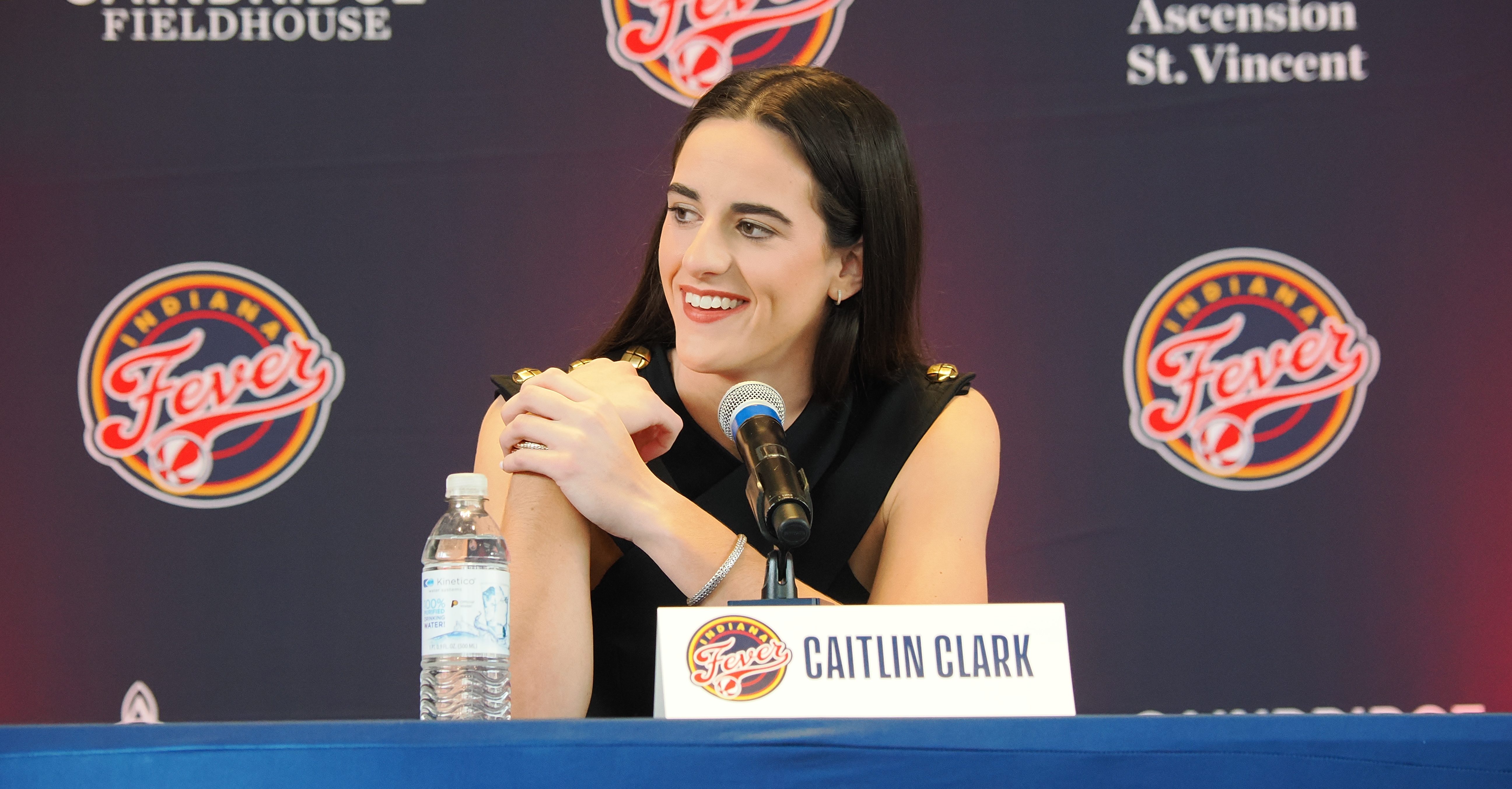When assessing prospects leading up to the NFL Draft, organizations obtain all sorts of measurements: height, weight, 40 time, vertical jump, short shuttle, and so on. Whether they admit it or not, teams value these metrics quite a bit, as they should; there’s a very strong correlation between certain numbers and NFL success—speed for running backs and arm length for pass-rushers, for example.
When bringing in free agents, however, it seems as though teams value NFL production much, much more heavily than the measurables. It makes sense to weigh production into player evaluations, perhaps more so than measurables in certain cases. That’s particularly true for veterans, whose body of work should generally speak for itself. They’ve been playing in the league long enough that those stats mean something.
For younger players, however, there are many circumstances when previous play doesn’t match expected future production. Even though Bills running back C.J. Spiller came into the 2012 season with 844 total rushing yards in two seasons, it wasn’t difficult to project Spiller for a breakout year; for the highly-efficient speedster, it would have been a mistake to value his past play over the measurables. There are all sorts of such cases; whether it’s due to workload, teammates, coaching, or just luck, young players often either underperform or overachieve when they come into the league. Many organizations write off these players too soon (or let them stick around for too long) based on a limited sample size of games when there were better predictors of future performance available.
With that said, I thought it would be cool to take a look at some of the Cowboys’ young talent to see how they’d stack up against incoming rookies based on their measurables. I’m going to grade these players (first-rounder, second-rounder, etc) as if they were just coming out of college. I won’t be giving any consideration to on-field play, so a player like Sean Lee won’t get an edge over Bruce Carter right out of the gate. Today, I’ll start with safety Barry Church.
Currently standing at 6-2, 218 pounds, Church has outstanding size for a safety. Due to his frame and lack of long speed, Church will only ever be able to play strong safety in the NFL. During the draft process, Church ran as low as a 4.64 40-yard dash, but he was said to have run in the 4.7s as well. That’s a poor time for a safety, although it doesn’t matter as much for someone who will be in the box and not in the back end too often.
Despite a lack of long speed, there is explosiveness to Church’s game. He recorded a 10-1 broad jump and a really quick 4.17 short shuttle. That suggests Church possesses good short-area quickness—perfect for playing near the line-of-scrimmage.
Draft Grade: Fifth Round
Sports Connection
Connecting you to your favorite North Texas sports teams as well as sports news around the globe.
Jonathan Bales is the founder of The DC Times. He writes for DallasCowboys.com and the New York Times. He's also the author of Fantasy Football for Smart People: How to Dominate Your Draft.



